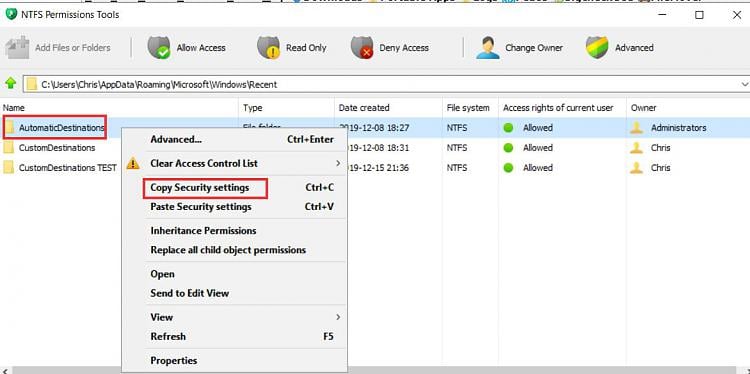


Select and copy the URL or use the “copy” button that appear when you hover it. Once you booted the live operating system, follow the steps described in the procedure below: Write the image to your boot media. To use this method, follow the instructions of your Live distribution (e.g., this Ubuntu guide).Then, insert this USB device into your x86-64 hardware and start the Ubuntu. To use this method, follow the steps described in the procedure below: Write the image to your boot media. This is not an option for a non-removable eMMC on your x86-64 hardware, of course. Copying the HAOS disk image from your Desktop computer onto your boot medium (e.g.To install the HAOS internally on your x86-64 hardware, there are 2 methods: Alternatively, an external medium can be used to boot HAOS such as a USB SDD (not recommended).Examples of internal media are S-ATA hard disk, S-ATA SSD, M.2 SSD, or a non-removable eMMC. Typically, an internal medium is used for the x86-64 hardware.The “boot medium” is the medium your x86-64 hardware will boot from when it is running Home Assistant.This means the Operating System is not copied automatically to the internal disk.

To enter the BIOS, start up your x86-64 hardware and repeatedly press the F2 key (on some systems this might be Del, F1 or F10).Īs a next step, we need to write the Home Assistant Operating System image to the target boot medium. However, the options should still be present and named similarly. The BIOS menu will likely look different on your systems. The following screenshots are from a 7th generation Intel NUC system. To boot Home Assistant OS, the BIOS needs to have UEFI boot mode enabled and Secure Boot disabled. Configure the BIOS on your x86-64 hardware You will need to write the HAOS (Home Assistant OS) disk image directly to your boot media, and configure your x86 to use UEFI boot mode when booting from this media. Pretty much all systems produced in the last 10 years support the UEFI boot mode. The system must be 64-bit capable and able to boot using UEFI. This guide assumes that you have a dedicated generic x86 PC (typically an Intel or AMD-based system) available to exclusively run Home Assistant Operating System.


 0 kommentar(er)
0 kommentar(er)
